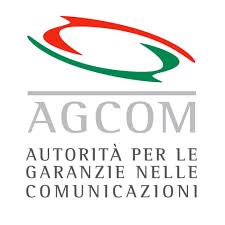Nuove modifiche al Codice delle comunicazioni elettroniche ed impatti sulle Prestazioni Obbligatorie di giustizia
https://www.lexetars.com/wp-content/uploads/2024/03/codice_comunicazioni_elettroniche-1024x683.jpg 1024 683 LEA LEA https://secure.gravatar.com/avatar/612ceaff419c80a27dd015919adb6116?s=96&d=mm&r=gIl Consiglio dei Ministri ha approvato il 20 marzo 2024, in esame definitivo, lo schema di D.Lgs. (rif. https://www.senato.it/service/PDF/PDFServer/BGT/1402010.pdf) recante…
maggiori informazioni










